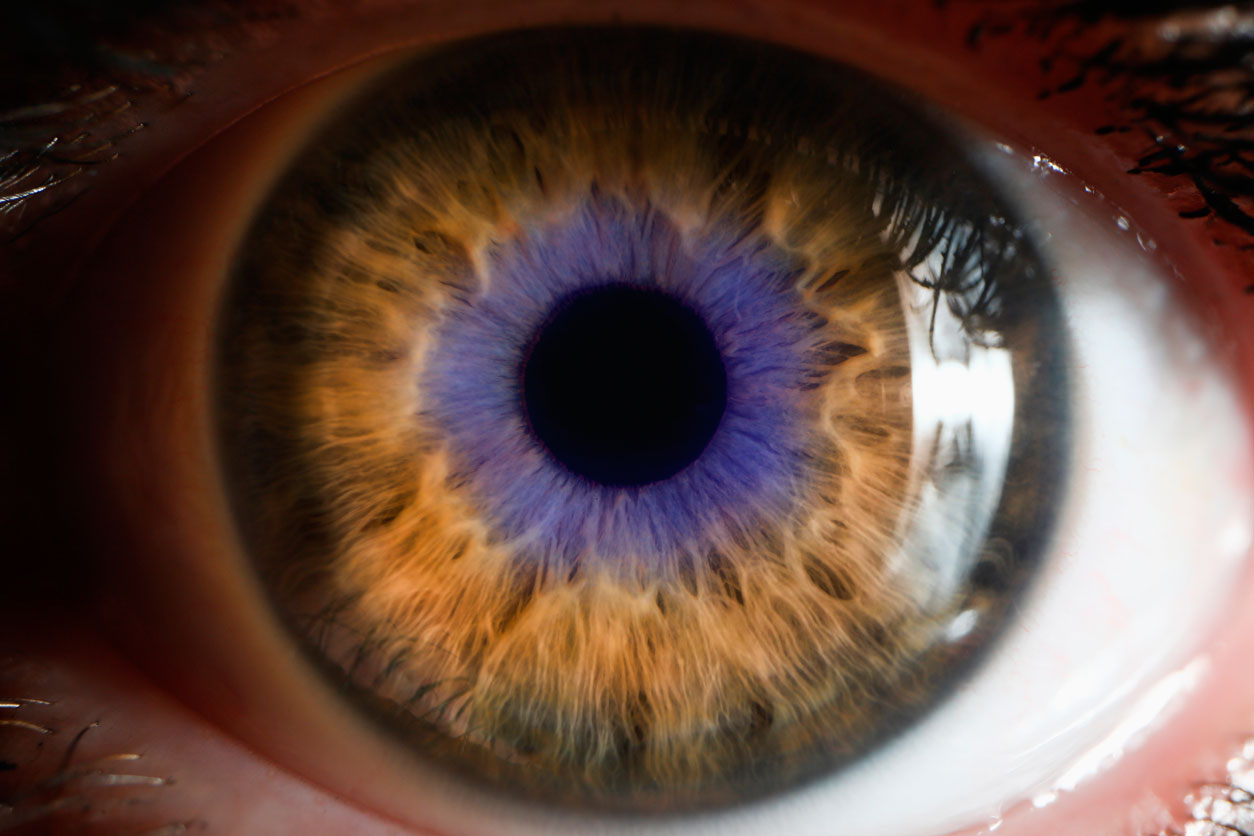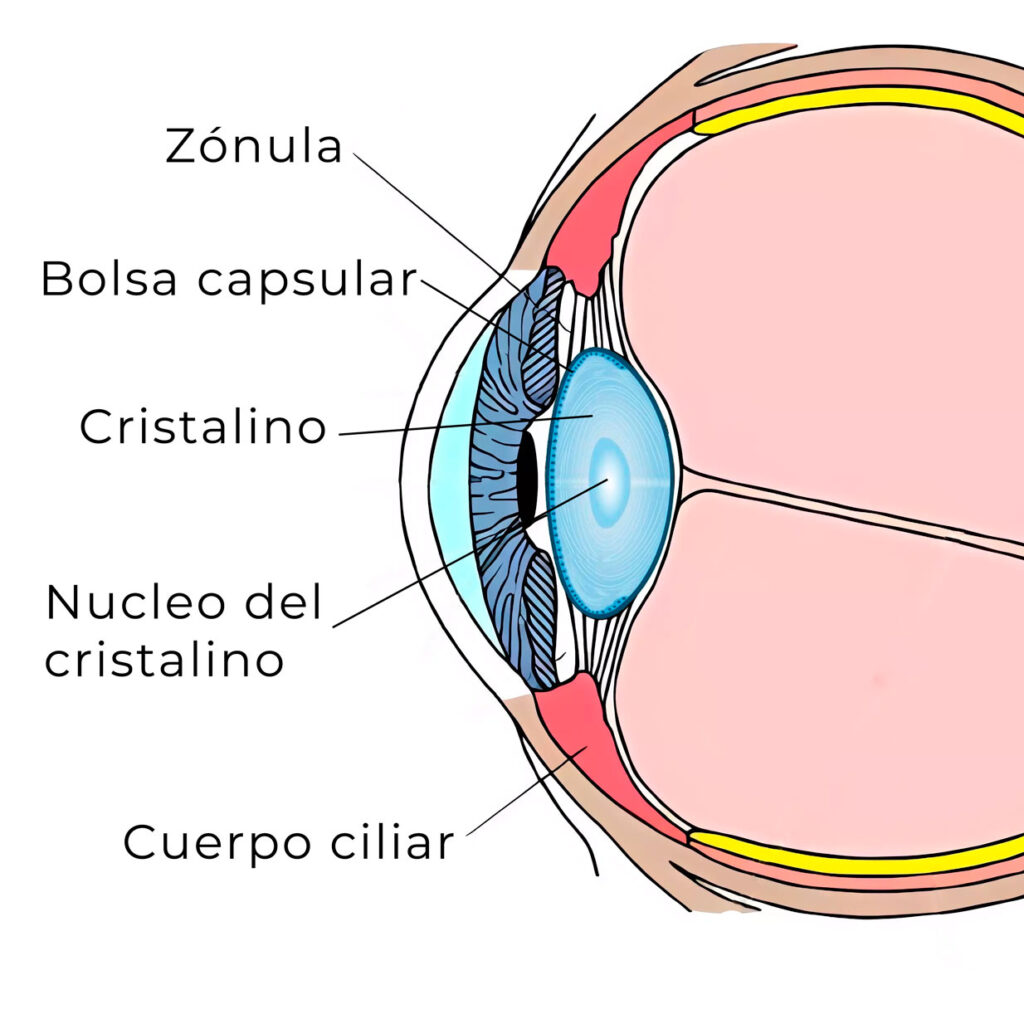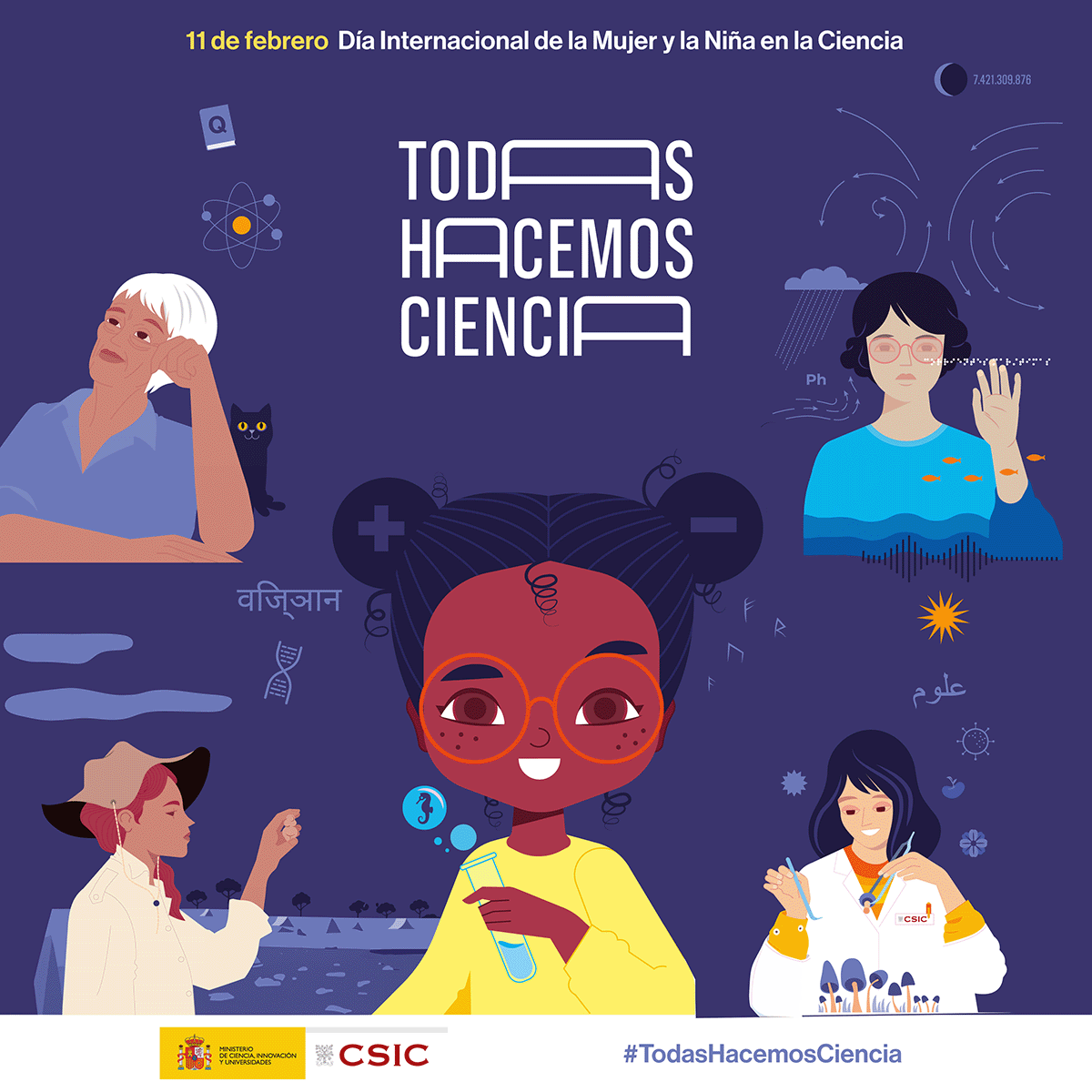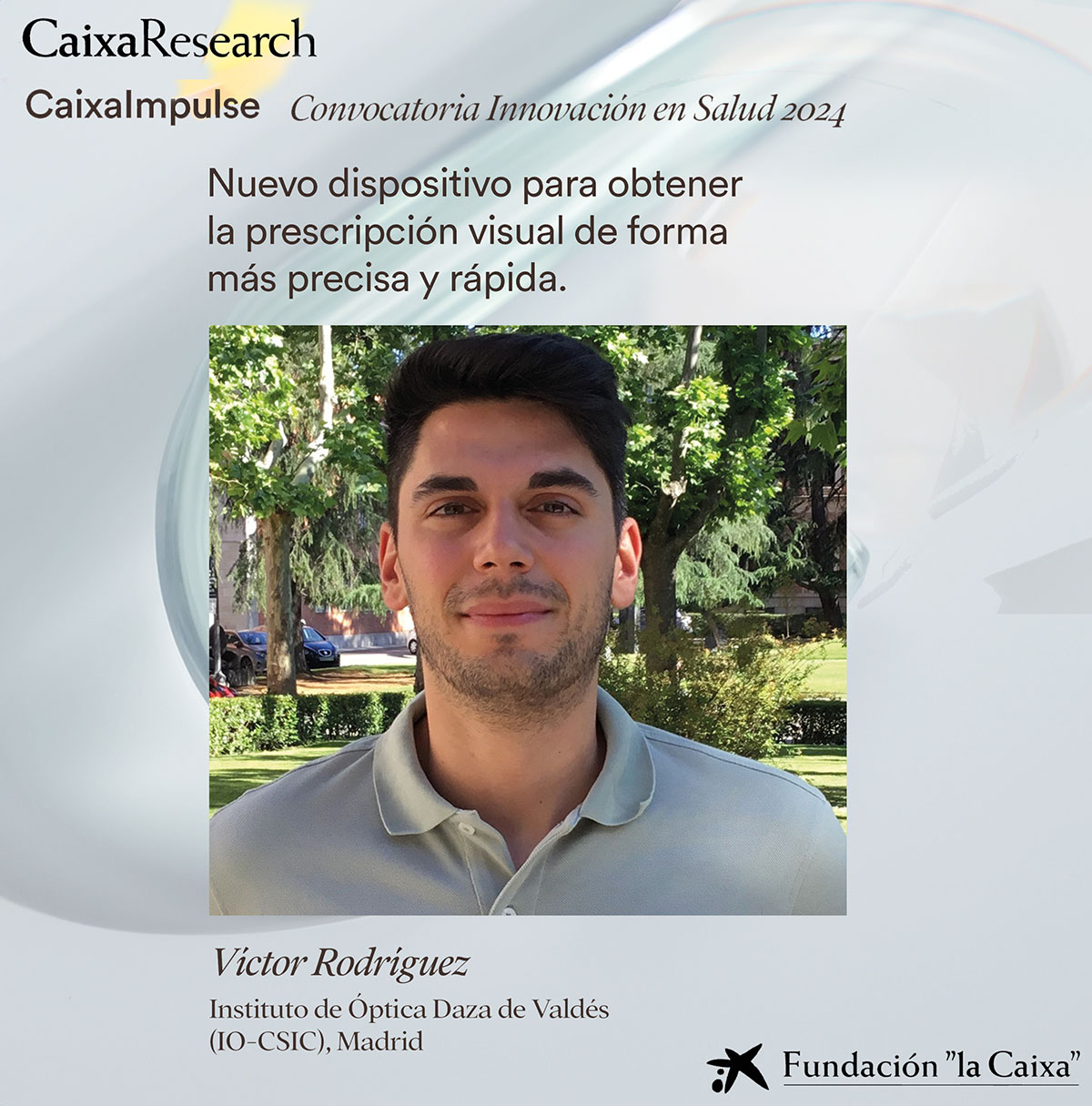Estimation of Crystalline Lens Material Properties From Patient Accommodation Data and Finite Element Models
-
Researchers develop methods to estimate the properties of the lens in each patient and improve their eye treatments.
A team of researchers from the CSIC Institute of Optics and the Center for Visual Science at the University of Rochester in NY has developed an innovative method to estimate the mechanical properties of patients’ lenses. In the study, they estimated the mechanical parameters of the volunteers’ lens using quantitative optical coherence tomography (OCT) images and wavefront detection data to insert the measured parameters of each subject into the computer model in order to calculate the properties mechanics of each internal part of the lens.
Latest news

The crystalline lens, a soft, flexible lens semi-hidden behind the iris, plays a crucial role in vision and the eye’s ability to accommodate or focus. With aging, the ability to focus on close objects is lost, which we call presbyopia.
That is why understanding the properties of the different parts of the lens and how they change with age is essential to address this condition and develop more effective treatments.
In this study, recently published in the journal Investigative ophthalmology & visual science, the researchers used quantitative OCT data and wavefront measurements to estimate the mechanical parameters of the lens. Data were collected from 11 participants, aged between 22 and 30 years, in different states of accommodation. Using the measured geometry of the lens and known data from previous studies, a mathematical model based on finite elements was constructed that represented the lens, capsular bag, zonule, and ciliary body of each volunteer. With these data, the elastic properties of the nucleus and cortex of the lens could be calculated.

This advance in the knowledge of the mechanical properties of the lens is supported by the model recently developed by the group called “own lenses” that allows the precise shape of a patient’s lens to be calculated through OCT measurement of the central part. of the lens that can be seen through the pupil of the eye.
These works open new perspectives for the development of more personalized and effective treatments for conditions related to the lens. By being able to better understand the mechanical properties of each lens, healthcare professionals could design more precise therapeutic approaches tailored to patients’ individual needs.
IO-CSIC Communication
cultura.io@io.cfmac.csic.es
Related news
The Institute of Optics joins the celebration of 11F
Full and equal access and participation of women and girls in science and technology Madrid / January 31, 2025In recent decades, the international...
The SureVision research project has been awarded a Caixa Impulse innovation project, worth €500,000
Madrid / October 15, 2024Our colleague Víctor Rodríguez has managed to get his project SureVision to receive a €500,000 grant from the Caixa Impulse...
Predoctoral contract offer at the Laboratory of Visual Optics and Biophotonics
Madrid / October 2, 2024The Visual Optics and Biophotonics Laboratory has just published a job offer for a 4-year predoctoral contract within the...




